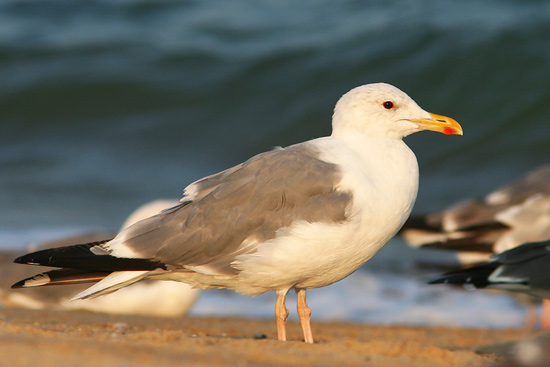 These photos are from the same day as the earlier entry. I was quite puzzled to see so many Herring Gulls having yellow or yellowish legs. Almost 50% of the flock seemed to have non-pink legs. I would have just counted them all as the 'taimyrensis' gull, if there was no such extreme varieties like what many individuals seemed to be having. I'll share some of the strange non-pink legged gulls I found here.
These photos are from the same day as the earlier entry. I was quite puzzled to see so many Herring Gulls having yellow or yellowish legs. Almost 50% of the flock seemed to have non-pink legs. I would have just counted them all as the 'taimyrensis' gull, if there was no such extreme varieties like what many individuals seemed to be having. I'll share some of the strange non-pink legged gulls I found here.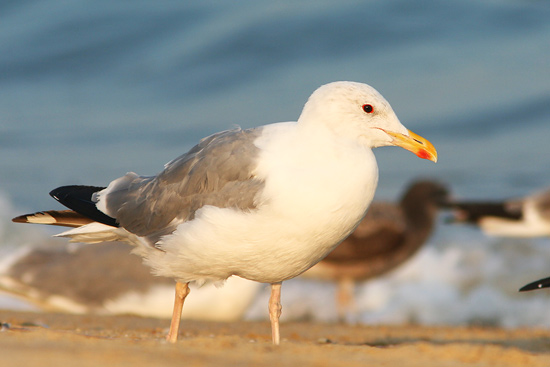
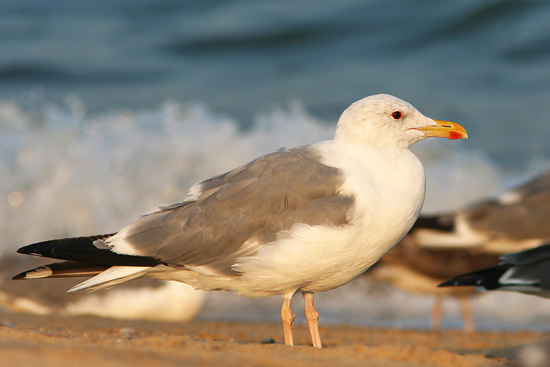
The first individual; this bird has longish head and bill shape. The primary-projection also seems to be rather long. Giving an impression of a Mongolian Gull rather than a normally compact Taimyr. However, the molt doesn't seem to fit in the Mongolian type. Most of the primary feathers are still old and only few new feathers are still growing shortly.

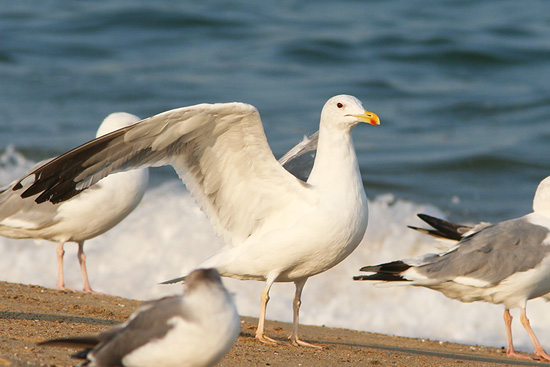
The same bird; note its large, longish shape like Mongolian Gull but the primary-molt is quite late like 'taimyrensis'.
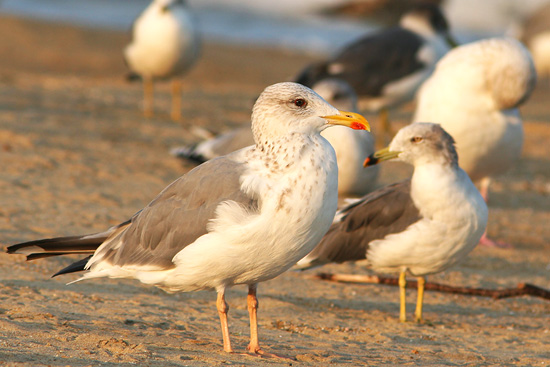
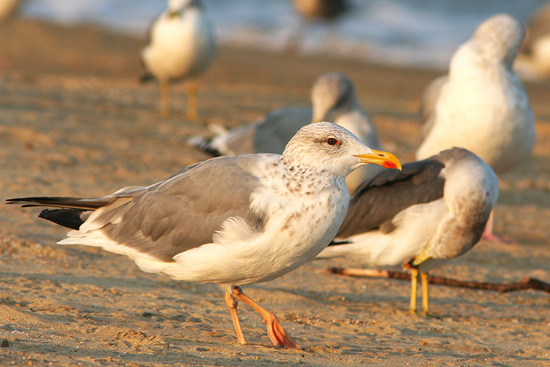


This bird even looks stranger. It exactly looks like a typical Vega Gull in terms of shape, including head, neck, bill length and size, and its primary-projection length. What is bizarre about this bird is that it has yellow legs. The brownish streaking on the head seems to be intermediate between the dirty, blurring streaks of Vega and the sharp, thin, restricted streaking of Taimyr. I believe this individual should not be a 'taimyrensis', but rather be some subspecies or variant of 'vegae'. Is it a 'birulai'? I don't know, since I just couldn't find any exact description of how a 'birulai' bird should look like. One source says that 'birulai' has paler mantle, icier-looking and cleaner pink legs than normal 'vegae', but some others just say random things like 'birulai' should have darker grey mantle than normal 'vegae', has yellow legs, or has smaller rounded-head and compact body like the 'taimyrensis', so I just have no idea how exactly a 'birulai' looks like.

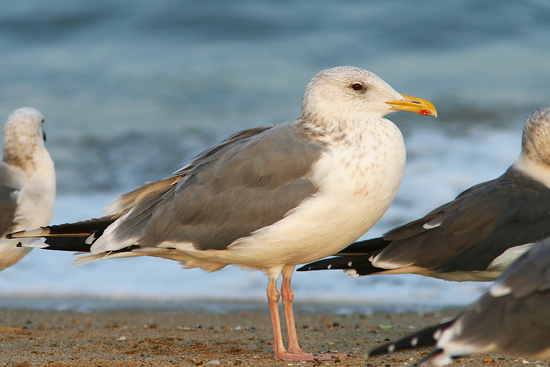
This is another bird which doesn't look so 'taimyrensis' except for its non-pink legs.
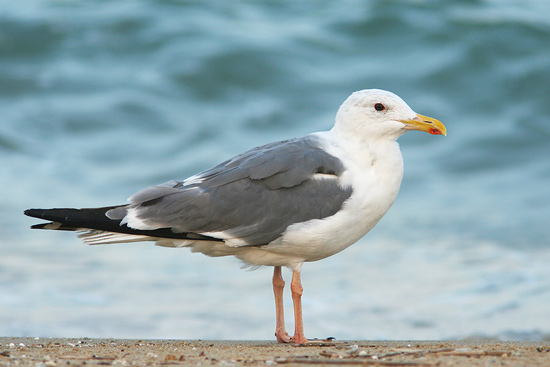
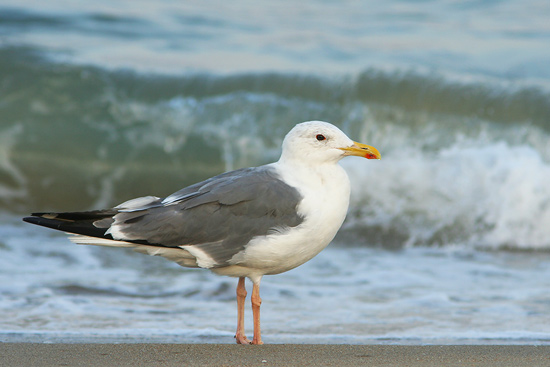
This bird has longish primary-projection impression.

This is the most typical 'taimyrensis' of the day. It has smallish, compact shape, flat back, late primary-molt and just the right amount of head-streaking for an ideal 'taimyrensis' at this time of year. I'm just so happy to have found this one, laugh.

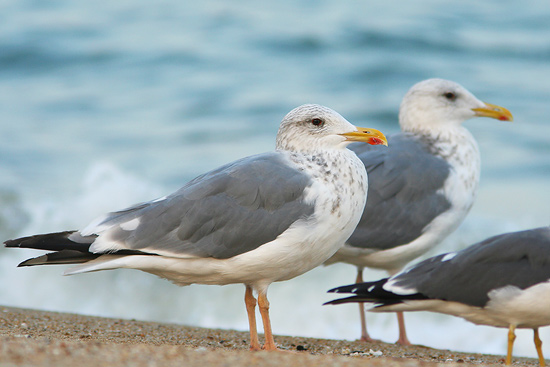
What a complex...someone please just finish the research on these eastern gulls for the sake of my curiosity please.







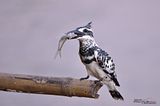




1 comment:
I'm waiting for someone to come out and say once and all what's what re these Gulls. And then hopefully I can get his e-mail address so I can send him lots of photos to ID for me...........
great pics by the way!
Post a Comment